According to the understanding of raised bed gardens, they can be represented in simple language as garden boxes in which the soil is compacted into a box in a small space, usually with wooden walls. Flowers and vegetables are grown in this rectangular box.
Why are raised beds good for the soil?
- One of the most important factors when dividing into small plots is immunity to the risk of the soil being washed off in heavy rain. The sides of the bed keep the floor in one place, preventing erosion.
- The walls act as a barricade to avoid the pests or snails that invade the ground and destroy the crops. The walls also keep weeds out of the garden soil.
- Another tested benefit is proper drainage execution. Raised bed gardens are known to offer a good drainage system.
- Raised beds are quite inexpensive for old gardeners suffering from acute back pain, as the raised beds help them maintain the soil without injuring their back.
- In addition, the bottom of the garden boxes is not closed and is in contact with the ground, so that the plants can seek food from the ground.
Various types of raised beds are currently available on the market. Different types of wood and robust designs contribute to the robustness of the structures.
Some of them are listed below:
- Raised garden boxesThese are rectangular boxes that stand on 4 legs and the bottom of which is held on the wooden floor of the box. Some even come with a self-watering bowl to further support plant growth.
- Deep Root Cedar Raised Bed Garden: These are mainly used for plants with deep roots and therefore have direct contact with the ground.
- Modular loft beds: These beds have an oval shape than the traditional rectangular ones. They are typically used when memory management is a problem.
 beideo.com Home Decor Ideas
beideo.com Home Decor Ideas
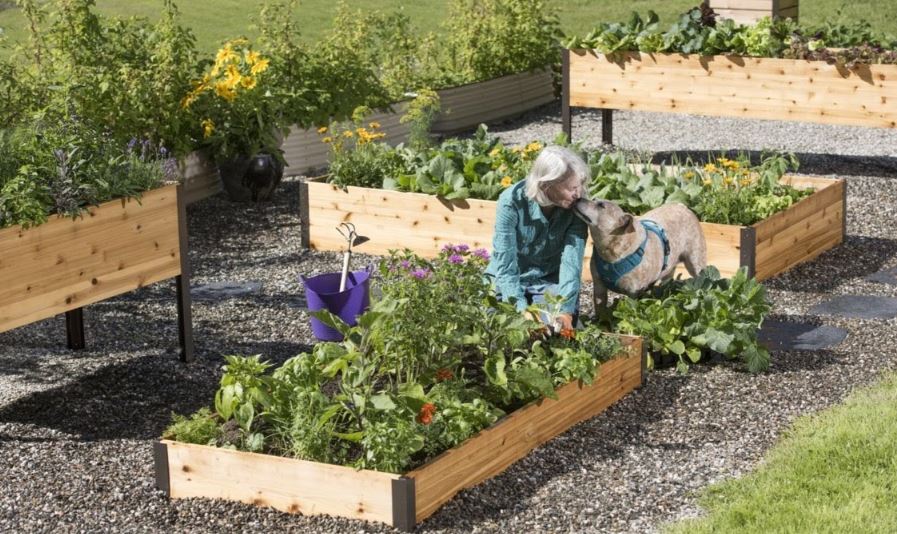
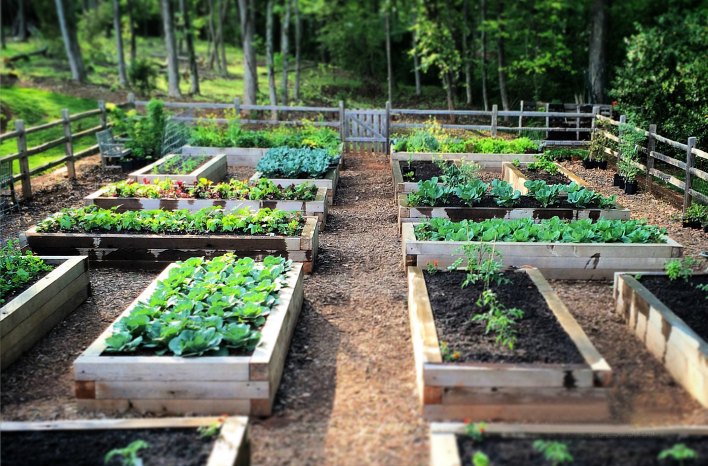
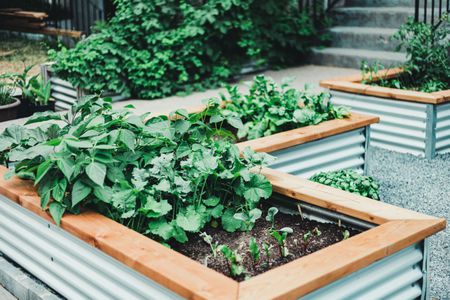

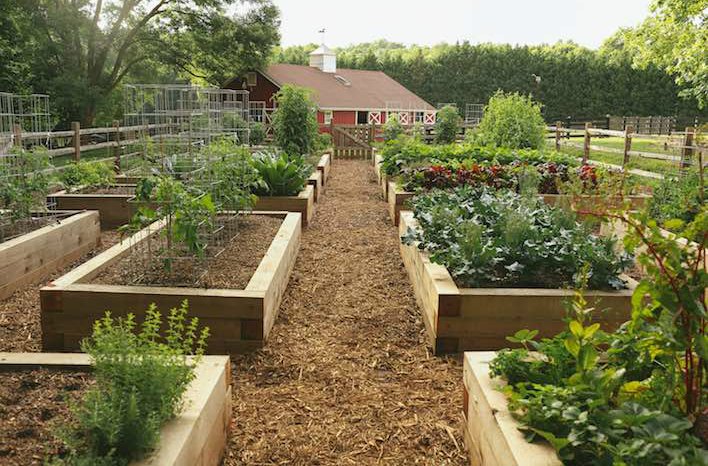

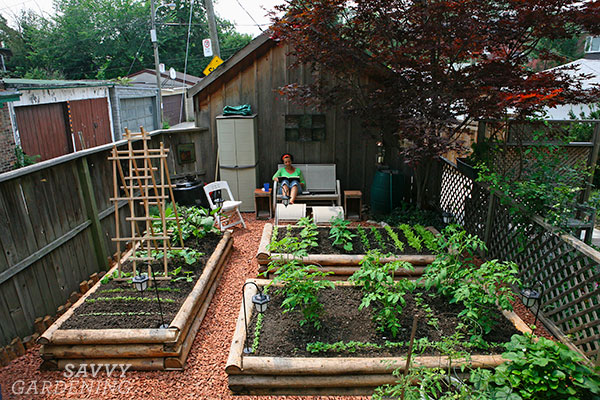
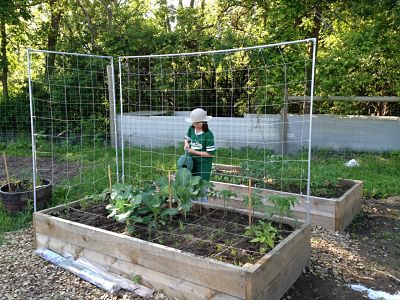
![Video] Container Gardening Vs. Raised Bed Gardening - Sustainable .](http://beideo.com/wp-content/uploads/2020/09/raised-bed-garden-15901.jpg)





